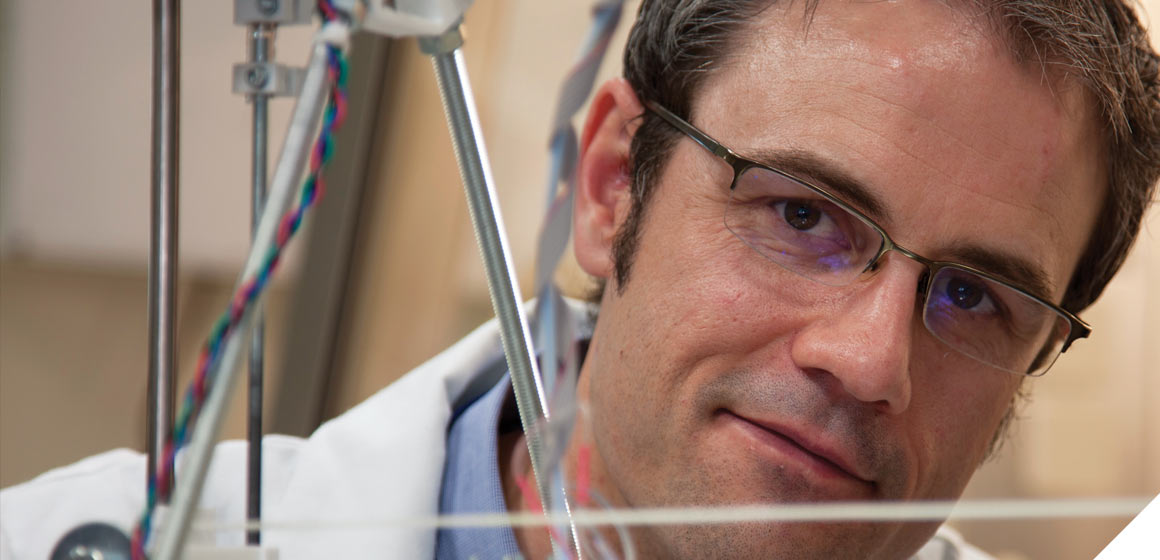 Monday 3 February 2014 2:57pm
Monday 3 February 2014 2:57pmA third of the New Zealand population will be aged over 60 by 2051. This growth, combined with an elderly population living longer and more active lives, means an epidemic of degenerative joint disease is fast approaching. Dr Tim Woodfield, of the Christchurch Regenerative Medicine and Tissue Engineering (CReaTE) Group, is working on a way to address this epidemic.
While cartilage has limited regenerative capacity and few clinical approaches are capable of restoring long-term function to damaged or diseased cartilage, Woodfield and his team are developing techniques to effectively manufacture such tissues from a patient's own cells.
"If you can regenerate tissue rather than putting in devices, the potential is staggering,'' Woodfield says.
"Nature has done an amazing job. As you can imagine, it is quite difficult to replicate a very complex thing such as cartilage with lots of great properties. There are a lot of challenges to overcome."
It is time-consuming and costly to make the volumes of tissue required to replace damaged cartilage. Cells also need to be multiplied and, as they stretch over larger areas, they lose quality.
The CReaTE team has developed a unique technique to counter this.
"What is really exciting is the likelihood of incorporating patients' cells into the 3D printing process to regenerate their tissue rather than replacing it with an orthopaedic implant.''
"What we are doing is, rather than taking individual cells and joining them together, we are making these little 'microtissues' or little balls of tissue about a millimetre or less and containing about half-a-million cells each.
"We make hundreds of them at a time and attach them in layers to a scaffold using our 3D printer. These cells love being together and, this way, make a bigger but stronger tissue.''
Woodfield and his colleagues have been honing their technique using custom-made 3D printers, laying down biomaterials, layer by layer, to produce complicated, intricate objects.
"We have been focused on 3D printing for years, but it has become very trendy lately.''
The potential demand for effective product made from patients' own cells is one reason. The recent proliferation of relatively cheap 3D printers is another.
Woodfield says human tissue needs to be made on a special machine that does not modify or add toxic materials to the biomaterials, or human cells, being printed through it. He and his team have made such machines in the past, but have recently ordered a bespoke machine from Germany to allow them to push the boundaries with their research.
With their growing body of knowledge and the new machine, Woodfield believes the possibilities are very exciting.
Some tissue engineers have suggested that, eventually, organs such as the heart could be "printed" from a patient's own cells rather than a donor one. However, Woodfield is of the opinion that this may be an unachievable goal and prefers to focus on more realistic ones.
"What is really exciting is the likelihood of incorporating patients' cells into the 3D printing process to regenerate their tissue rather than replacing it with an orthopaedic implant. There are lots of things to work out, but we hope to be able to produce a viable product within the next five to 10 years.''
Funding
- Royal Society of New Zealand
- Rutherford Discovery Fellowship
- European Commission/Marie Curie International Research Staff Exchange Scheme (skelGEN)
- AO Research Fund
- Lottery Health Research
- New Zealand Arthritis Foundation
